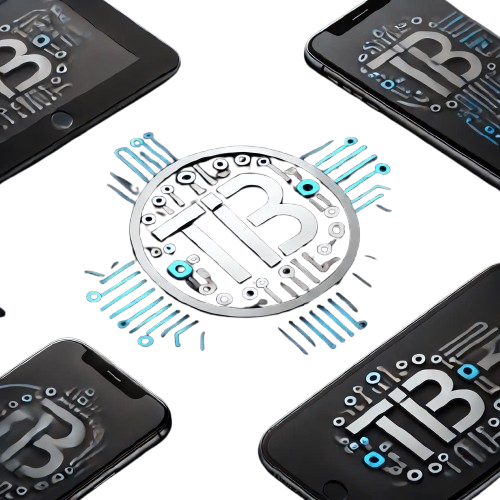A engine code reader is a car problem detector that reads out diagnostic codes in your car. These instruments plug into your vehicle’s OBD system to pinpoint issues that might be illuminating warning lights on your instrument panel. Car code scanners have become crucial instruments for both automotive technicians and DIY car enthusiasts looking to figure out what might be malfunctioning in their vehicles. https://carcodescanner.store/
Basic Functionality and Purpose
The fundamental role of a diagnostic tool is to exchange data with your vehicle’s onboard computer and extract diagnostic trouble codes (DTCs). Each fault code delivers a brief explanation of a specific malfunction your vehicle may be facing, directing you toward a certain system or component that may be operating incorrectly. For instance, when the malfunction indicator lamp comes on on your instrument panel, it’s caused by the vehicle’s computer, and a trouble code reader can show you exactly what activated it.
These readers work by linking with the On-Board Diagnostics port in your transport. Almost all motor vehicles produced after 2001 have an onboard diagnostic system, which uses various sensors to monitor car functionality. When a component isn’t functioning properly, the ECU creates a DTC.
Types of Car Code Scanners
There are two primary types of code readers that are often mistaken for each other:
Basic Code Readers: These are entry-level instruments that can detect and erase DTCs and deactivate the malfunction indicator. They supply essential data but typically are missing sophisticated troubleshooting capabilities. Entry-level readers are usually less expensive and suitable for casual car owners.
Advanced Scanners: These advanced devices not only scan codes but also deliver diagnostic details and guidance on properly diagnosing problems. Professional OBD equipment can identify forthcoming, generic, and manufacturer-specific codes, record and reproduce real-time information, graph values, and access certain measurement indicators. High-end scanners can also conduct bidirectional control, allowing users to send commands to examine various elements.
OBD System Evolution
OBDII became the common protocol for car troubleshooting in the United States for all vehicles manufactured after January 1, 1996. Other territories implemented it later:
Canadian market: 1998
EU: 2004
Other global markets: 2006
This uniformity means that a universal OBD reader can work throughout numerous vehicle marques and types, though some advanced features may be only available for specific manufacturers. For modes of transport older than the OBD2 introduction years, specific legacy diagnostic equipment are needed, which are typically vehicle-specific since original diagnostic protocols weren’t uniform.
Advanced Scanner Features
Today’s OBD readers extend from fundamental to feature-rich:
Fundamental Features: Detecting and erasing trouble codes, assessing monitoring systems
Mid-Level Capabilities: Revealing active measurements from multiple sensors, providing recorded conditions (capture of parameters when the problem occurred)
Advanced Capabilities: Interfacing with brand-specific modules like brake control, passive safety systems, gearbox, running active tests, and even coding particular systems
Contemporary diagnostic tools might also offer LCD displays, wireless or network linking for current information, and smartphone app integration. Many sophisticated OBD equipment can access web resources that offer detailed fix instructions based on the particular codes collected.
Value of Diagnostic Tools
Having a car code scanner delivers several benefits:
Economic Advantages: Determining malfunctions yourself before bringing your car to a service center can lower on diagnostic fees
Preventative Care: Identifying issues before they become major can prevent more expensive repairs
Ease of Use: Assessing and erasing codes at your residence reduces trips to the mechanic or auto parts store
Knowledge: Comprehending what’s occurring with your automobile gives you more control when reviewing repairs with mechanics
How to Use a Car Code Scanner
Working with a basic code reader typically consists of these processes:
Identify the diagnostic interface (usually underneath the dashboard on the driver’s side)
Attach the code reader to this port
Set the ignition switch to the “ON” position but don’t cranking the engine
Wait for the scanner to establish connection with your vehicle’s onboard system
Go to the “Retrieve Codes” feature and choose it
Check any codes that show up and look up the scanner’s documentation or digital databases to decode them
For people focused on looking after their automobile or lowering on diagnostic costs, a car code scanner is a practical investment that offers knowledge into your vehicle’s condition and behavior.
